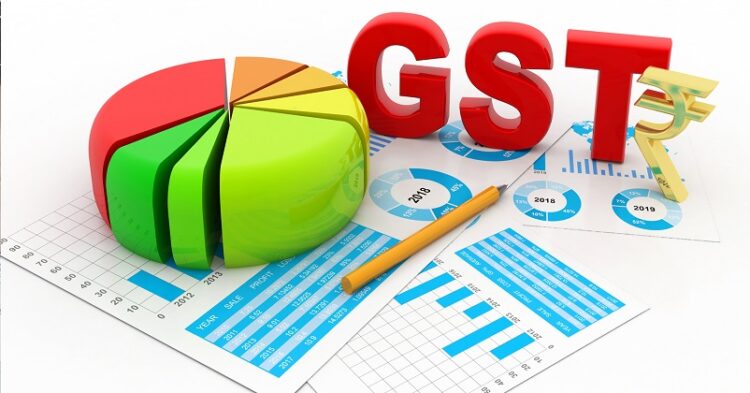The Goods and Services Tax is a radical new design with respect to Indirect Taxation in the country. It has changed all aspects of the tax landscape, from the way companies and businesses file taxes to the way the Government realizes those taxes and accounts for them.
The pre-GST regime was characterized by an array of taxes like VAT, Cesses, Octroi, etc which needed to be taken cared of separately creating problems for businesses and consumers alike. There were issues of double taxation as well as problems with tax credits and calculation of taxes.
The GST system was brought in to iron out those issues as well as make the indirect tax system more accountable to the economy. There are many different aspects of GST that businesses need to be aware of depending on their size and type of business.
More information is available in detail on the GST explained sections of the official GST council website.
The GST composition scheme was brought about by the government to reduce complexity for small businesses. Under the previous tax regime, the procedures, forms as well as processes were onerous for small businesses to navigate.
The GST has changed all of that with the introduction of the GST Composition Scheme. The Composition Scheme was introduced to help small businesses cut red tape and reduce complexity with respect to indirect taxation.
The main aspects of the GST Composition Scheme are outlined below.
1. Eligibility:
The Composition Scheme was mainly devised to create a simpler tax regime for small businesses. This scheme can be opted for by businesses that have a turnover of less than INR 1.5 crore. This is scheme allows businesses a fixed rate of tax on their financials every financial year and not have to file extensive returns.
There are special rules for the Northeast states as well as Himachal Pradesh. For those states, businesses with turnover below INR75 lakhs can opt for this scheme. Composition Scheme service providers whose turnover is within 50 lakhs can, now, also opt for the composition scheme.
2. Businesses Who Are Not Eligible:
The Composition Scheme is not available to some businesses such as those who manufacture tobacco, pan masala or ice cream; businesses that have interstate transactions and supplies, a taxable person who is non-resident, businesses that supply goods through E-commerce.
3. Rules Under The Scheme:
There are certain rules in which businesses that are operating under the Composition Scheme need to follow. If you want GST explained more clearly, then professional tax consultants are available to examine your business in a detailed manner.
One of the biggest drawbacks that the Composition Scheme has is that a business cannot claim Input Tax Credit. Input Tax Credit allows businesses to make sure they get credits to avoid double taxation.
If a dealer has opted for this scheme, he or she cannot supply goods that are exempt from GST. Also, if a taxable person has different businesses under the same PAN. It is mandatory for them to register all of their businesses under this scheme or have to opt-out of the Composition Scheme altogether.
There are other requirements as well, like, the business has to display “composition taxable person” on their signage as well as all bills of supply clearly. This is to make sure that there is no ambiguity when a business is dealing with a taxable person who has opted to work under the GST Composition Scheme.
4. Details Of the Scheme:
If a taxable person wishes to opt into the Composition Scheme, he/she needs to file the GST CMP-02 form with the Government. A business can log into the GST portal to file this form. A dealer has to file the form at the beginning of every financial year they wish to opt into the Scheme.
Dealers who operate under the Composition are not allowed to issue tax invoices because they are not allowed to charge a tax to their customers and must pay for it from their own funds.
A composition dealer needs to file a limited number of forms for tax compliance as well as have a small number of official records that they need to maintain. They just need to file a quarterly GSTR-4 form on the GST portal.
Conclusion:
There are many advantages for small local dealers to opt in to this scheme. Record-keeping requirements are extremely low when compared to other types of schemes under the GST system. If your business does not have customers outside your state, then this is a great scheme to opt into.
The main disadvantage with this scheme is that you are not able to claim Input Tax Credit, one of the major benefits to the tax system brought in by the GST. The council portal has much more information to get GST explained to businesses.
















